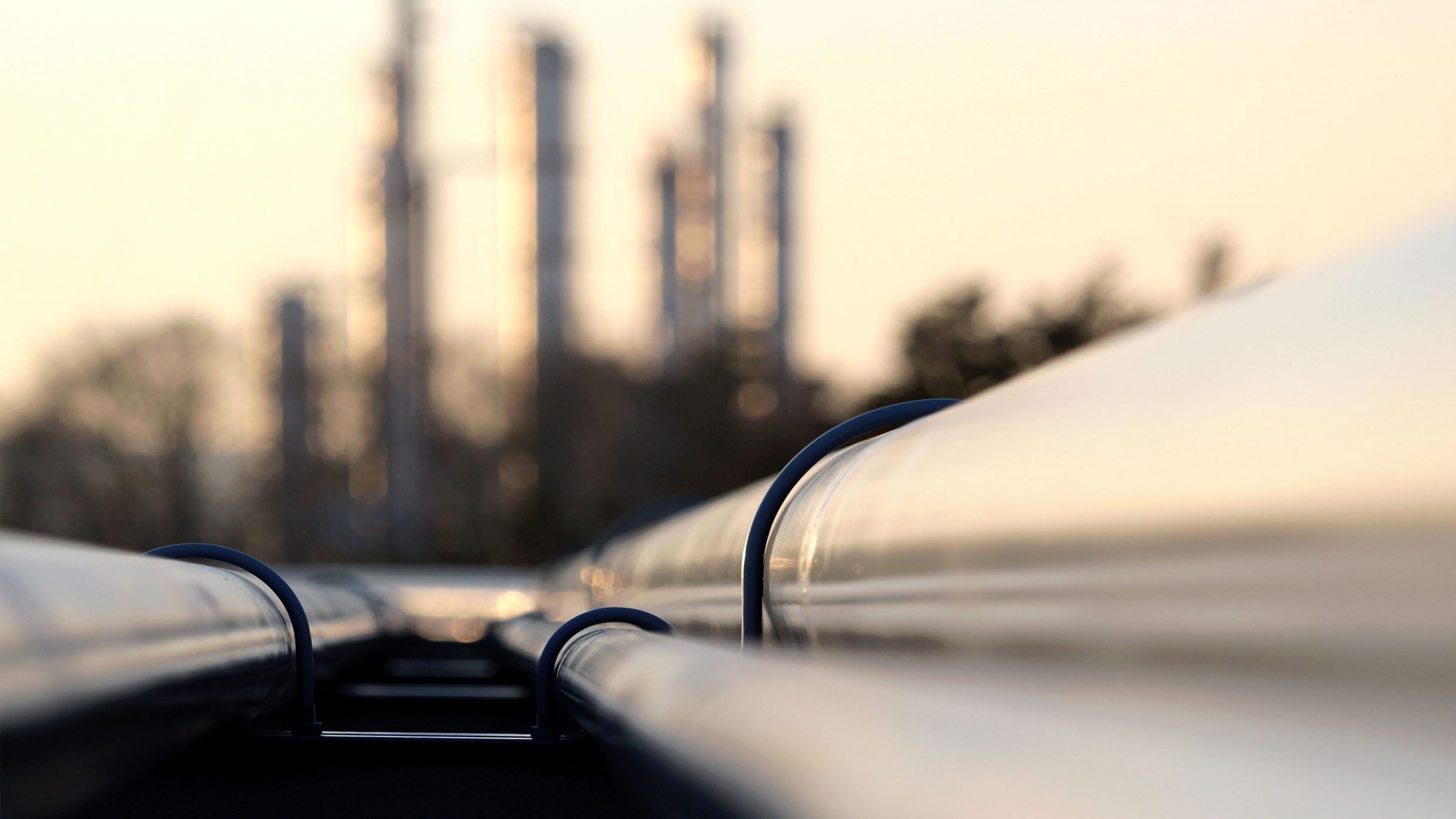DGMK-Project Pipelines
Permissibility of Dynamic Soil Compaction in Road Construction in the Area of Pipelines
in cooperation with MAX STREICHER GmbH & Co. KGaA, TÜV Süd and LGA
A common requirement in expert opinions on road construction work in the vicinity of long-distance pipelines is the static compaction of the soil when refilling excavation pits or building roads. The aim is to avoid additional loads on the pipes. Under roads, however, sufficient bearing capacity and freedom from settlement can only be achieved with dynamic compaction measures. It is practically the norm in road construction that dynamic compaction is also used for pipes. Where experts therefore deal with dynamic compaction methods, the approach has so far been inconsistent. The technical regulations for road construction increasingly demand high degrees of compaction, for which a mechanical power must be introduced into the soil, which can bring unacceptable loads to underground pipelines. Previous findings of pipeline operators from the metrological monitoring of dynamic compaction processes are only valid for special cases. They cannot be reliably generalised and are increasingly difficult to apply due to the evolving requirements for compaction degrees. If, therefore, road construction sites in the pipeline sector are currently supervised by pipeline operators from a construction supervision point of view, there is uncertainty about the actual loads on the line pipes from substructure compaction or about the requirements to be imposed on the construction companies. A further problem is that there are no uniform assessment values for the physical parameters characterising the vibrations (such as vibration speeds, centrifugal forces, service weights of the compaction machines, others).
Ideally, a standardised procedure for the filling of pipe trenches and the construction of a road substructure with the prescribed layer structure in the area of road crossings of steel pipelines should be developed, taking into account as many relevant parameters as possible, in particular the pipe dimensions, the medium to be conveyed (gas or liquids), the level of soil cover, the properties of the backfill material (above all compactability, possibly moisture) and the compaction methods (compaction machines, direction of compaction, distances from the pipeline). As a result, it should be possible to determine, depending on the relevant parameters, which setting values of which types of construction machinery can be used to achieve the prescribed compaction and load-bearing capacity of the road substructure and road without placing unacceptable loads on the pipelines.

Thomas Weitzel
Chairman
MERO Germany GmbH
Vohburg a.d. Danube
Jan Ludzay
Head of the Refining and Product Application Department
